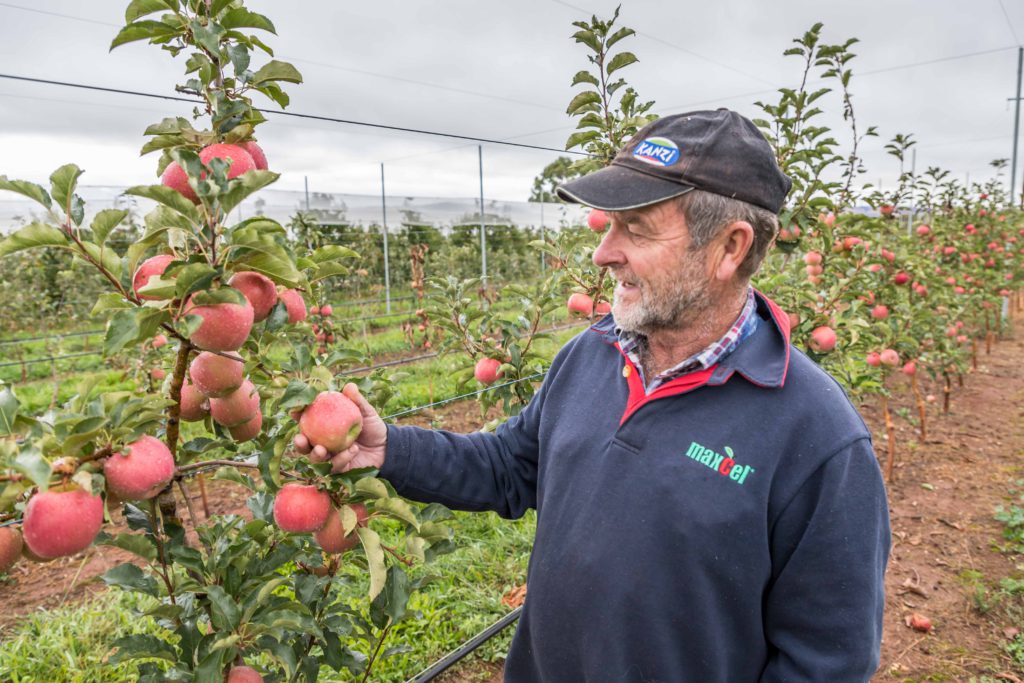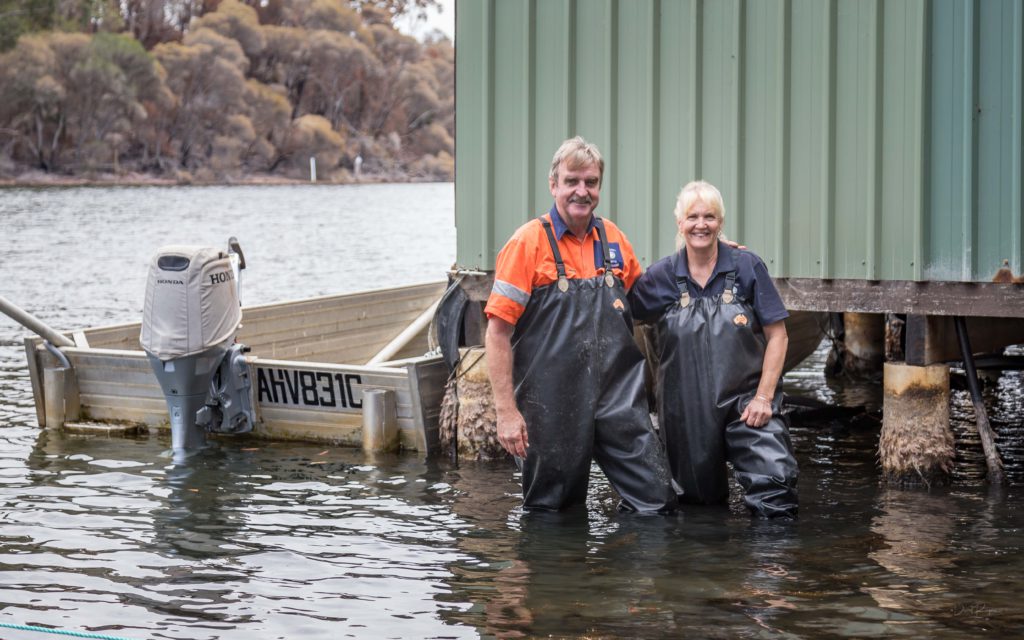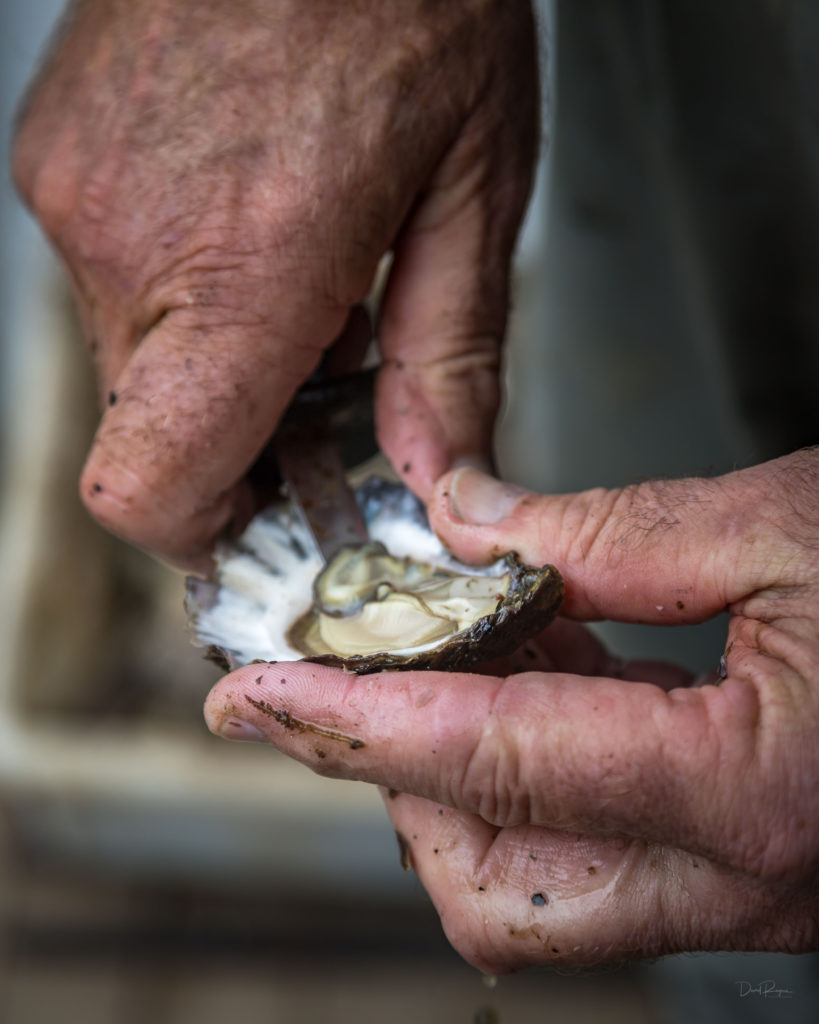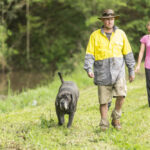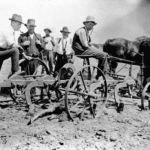Traditionally in Australia, the family farm has been passed on to the next generation. But…
Businesses bounce back after the fires
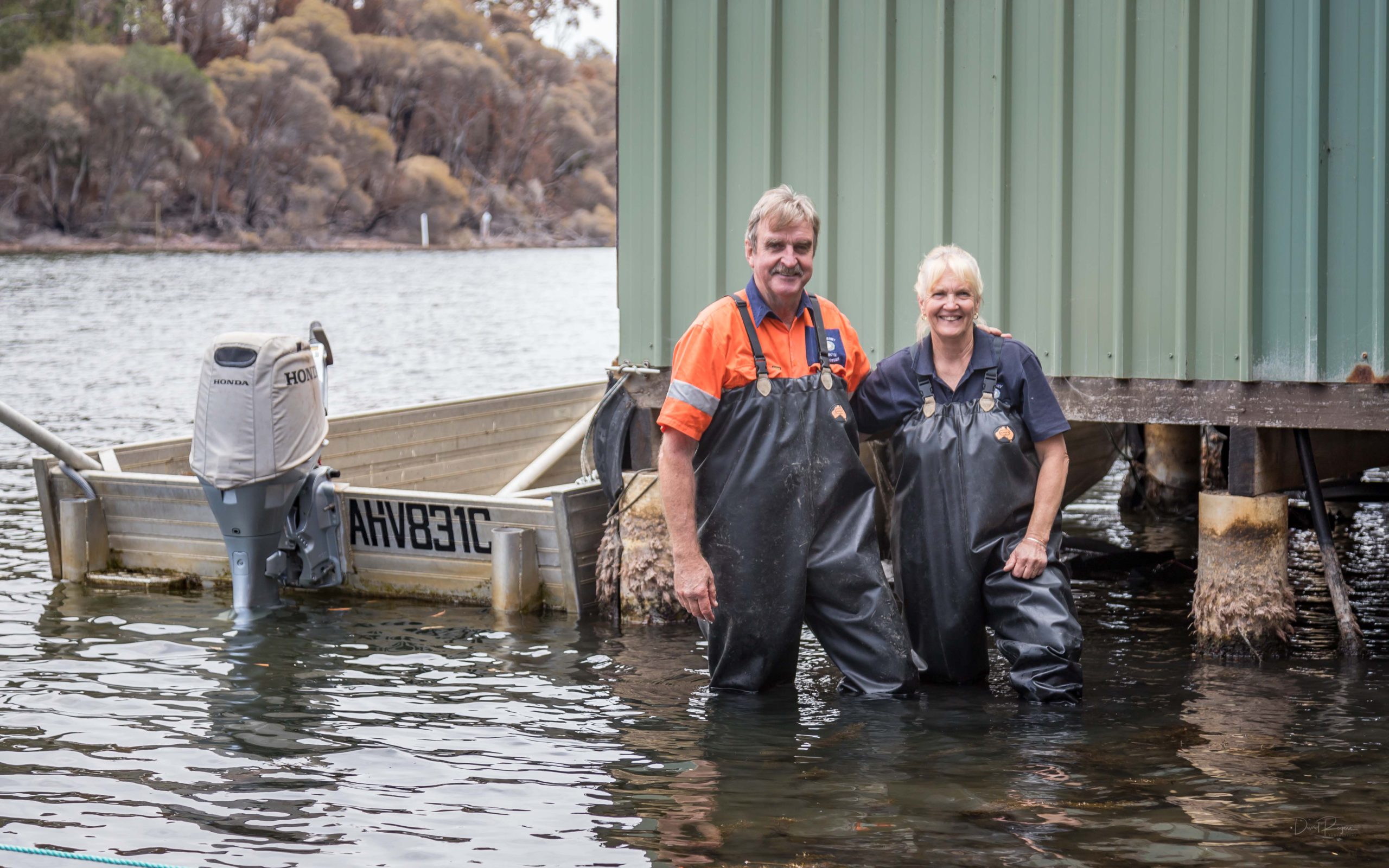
The bushfire disaster that engulfed much of eastern NSW seems a distant memory in a world captured by the impact of COVID-19. But for thousands of farmers in the Northern Rivers, South Coast, New England, Riverina and Southern Highland regions, the impact of the disaster is still front of mind as they rebuild after the fires and play a vital role in the supply of food.
An area more than three times the size of the Netherlands burnt across Australia, over 80,000 livestock and an estimated one billion native animals perished, 3000 homes were destroyed and 34 people lost their lives.
�These fires burned almost five million hectares in NSW alone. The impact on our wildlife, vegetation and livelihoods was simply devastating,� says NSW Farmers President James Jackson. �Around 9000 farms in NSW were impacted. Many farmers lost pastures, fencing and stored forage and were in urgent need of fodder to help keep animals alive.
�Our members have lived experience of bushfires going back generations,� says James. �Farmers� local understanding of bushfire risk and land management strategies on their own country must inform bushfire responses. This is obviously also the case for the land�s first custodians, who undertook cultural burning practices as a management tool. It begs the question of whether public land managers and farmers should be better fire-lighters than firefighters. My answer would be yes.
After the fires in Batlow
By Lucy Knight
Scorched apple trees are starting to shoot new leaves in the iconic Batlow region following the devastating January bushfires, but it will be years before farmers return to full production.
While a steady stream of politicians have poured into the region and promised assistance to orchardists, apple growers say they are still waiting for a comprehensive replanting package to drive rebuilding and recovery efforts.
Close to one third of the Batlow apple orchards were destroyed or severely charred by the fire which tore through the area on January 4, exacerbating an already difficult season beset by drought and an extremely hot, dry summer.
For grower Greg Mouat, the past four months have been a challenge as he deals with a 15-20 per cent drop in production due to the combined effect of the drought and the bushfire.
The fire on Greg�s property destroyed machinery sheds, tractors and other farm equipment, and damaged more than 2.5 hectares of trees.
He says it will be two years before scorched trees are back in full production, while trees to be replanted won�t be in production for five years: �It�s definitely a challenge. We are used to having knocks, that�s the nature of farming, but this has been a huge hit. Batlow will continue but we would continue better with some assistance.�
�It is all well and good for them to say that but at the end of the day we need action,� Greg says. �Do they want a town which relies almost solely on the apple industry to wither and die, or will they help us thrive and survive?�
The oyster industry�s perfect storm
The combination of drought, fires and now coronavirus has dealt a devastating blow to the South Coast oyster industry, with 2020 already a year producers are eager to put behind them.
A week of raging fires in early January completely burnt the 300-kilometre catchment area which oyster farmers Caroline and Kel Henry depend on for their business at Wonboyn Lake, near the Victorian border.
Caroline, who chairs the NSW Farmers Oyster Committee, says the smoke and ashen debris from the fires caused major water quality problems, compounding the production difficulties they were already facing from the drought-induced closure of their lake estuary.
Water quality alone affected close to 30 per cent of their production following the fires.
But the bushfires took a double toll on the Henrys and fellow oyster farmers because in the days to follow, tens of thousands of tourists fled the South Coast and the usual holiday trade was simply not there. Logistics routes were also cut and getting oysters to restaurants and consumers outside the area was impossible.
�We lost all sales for the first three weeks of January,� Caroline says. �As soon as we could get them out the markets took our oysters, but we still had a massive load of debris and ash affecting the lake�s water quality.�
In the weeks after the fire Caroline worked tirelessly to convince their local council to force open the estuary (normally open 97 per cent of the time) to wash out the debris. It meant changing the usual environmental triggers for estuary management, but was absolutely essential, Caroline says, because the ash and debris would have no chance of escaping once it rained and further production would be ruined.
�We had to explain this was not the norm and the lake needed help,� Caroline says. �Thankfully it opened before we had big rain at the end of January.�
Just as they were getting back on their feet, the impact of coronavirus has all but closed the trade again. No restaurants are open, which means they virtually have no sales.
The Henrys have significantly expanded their enterprise in the past three years, taking on new leases to grow production, selling more than 40,000 dozen oysters last year. For now they are focused on farm maintenance and maintaining production for when markets reopen.


